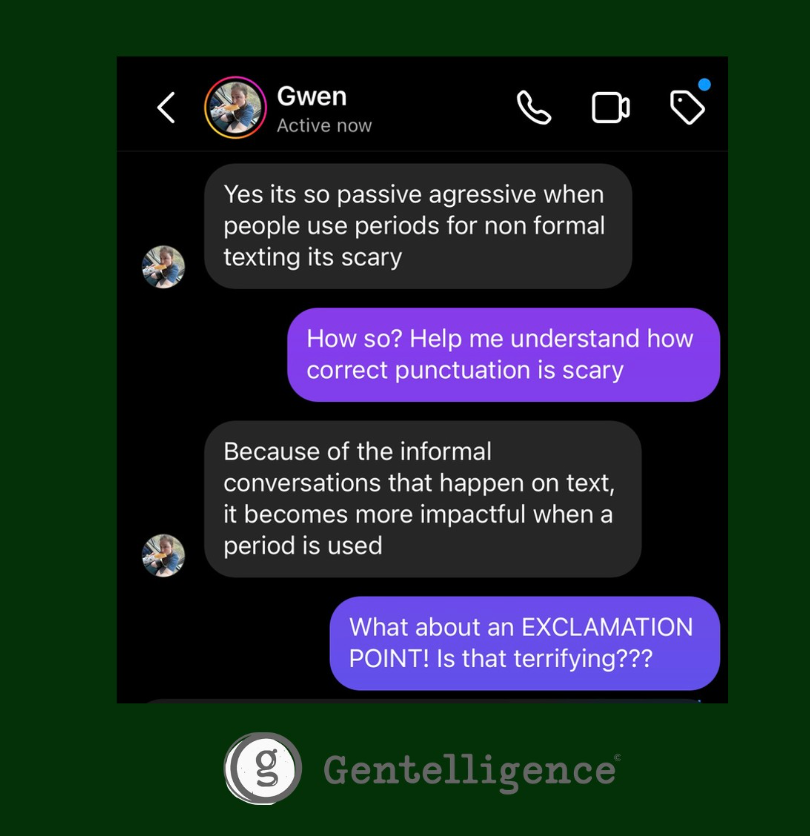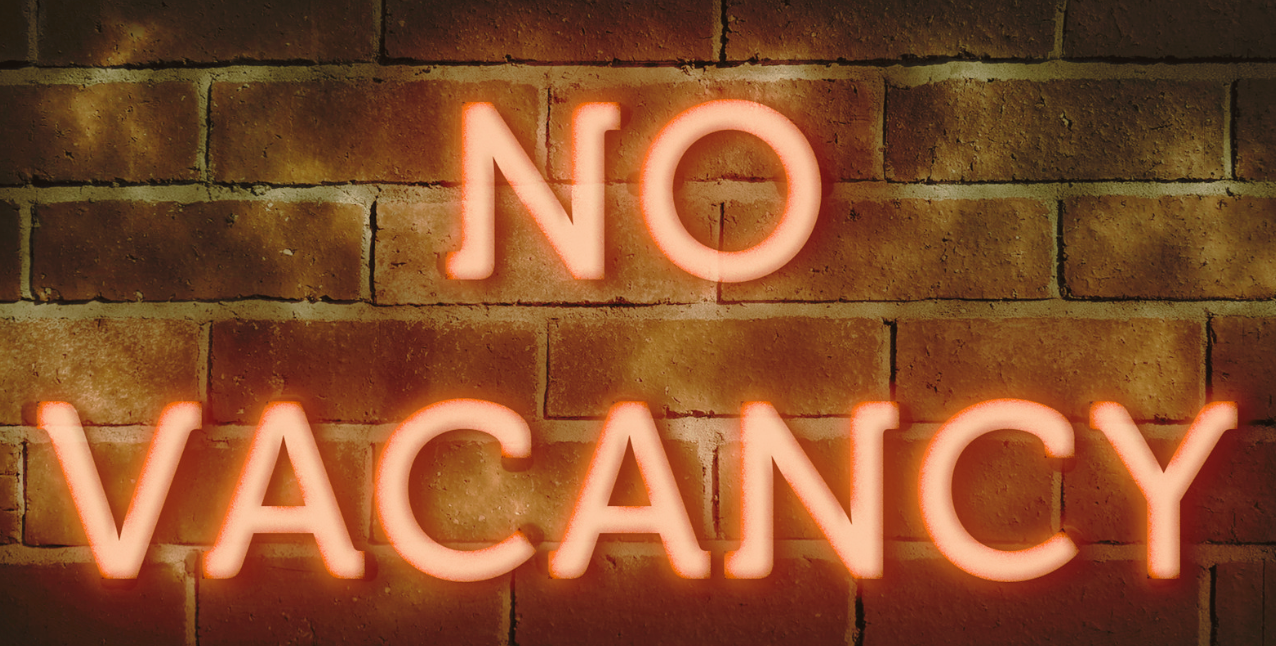Tools for Intergenerational Communication: Welcome to the 3rd Conversation
Need a practical way to improve your generational communication in the workplace? Let me introduce one of my favorite tools: The 3rd Conversation.
Here is how to use my 3rd Conversation tool to improve intergenerational communications. This involves using some of the Gentelligence® Power Questions (if you don’t have these, you can add your email here and they will automatically be sent to you) and the 4 Gentelligence ®Practices as well (here’s a quick clip from one of my webinars if you need a refresher on those practices):
Let’s take a recent example from my own leadership experience. I sent my team (composed of primarily twenty-somethings, mainly Gen Z) what I felt was a clear and direct email sharing information and asking for a response. After several days, very few of my team members responded with what I needed.
Gentelligence® Practice #1: Identifying Assumptions and #2: Adjusting the Lens were critical to use here.
My initial assumption was that my team hadn’t prioritized my request and was being disrespectful, leading to resentment and frustration on my part.
1st Conversation (taking place in our team group text as I know they respond to that): “
Hello, team–I sent an important email several days ago, and very few people have responded with the information I needed. Can you please send what was requested by the end of today, and can you also please help me understand why there were so few responses?”
In this case, I did receive the info I needed by the end of that day. One or two people responded to the text, apologizing and saying, “I’m sorry, I haven’t checked my email in several days; I’ll do it now!” This alone was eye-opening. As someone who has a norm of checking my work email at least once an hour, it was unthinkable to me that someone could go several DAYS without checking it.
Were they maliciously avoiding their email in an effort to thwart our productivity? Most likely not; that goes against everything I know about my team members. Instead, as digital natives, they have many communication channels they use. In our case, my team didn’t view email as a priority or a preferred way to communicate, preferring faster and more informal channels. When they did check their email, there were so many messages stacked up that some fell through the cracks. Using that Gentelligence® Power Question (can you help me understand?) resulted in some meaningful learning for me about their communication norms and habits.
2nd Conversation:
“Fascinating, I check my email so often (at least once an hour) that it seems unthinkable to me that others could go days without doing so. I assumed you all checked email regularly, and I tend to use it for more formal and important requests. When I don’t get a response, I get pretty frustrated, and in this case, it ended up almost causing us to miss an important deadline because I didn’t have the information I needed from all of you.”
The second conversation is such an important one, mainly because there is often a presumption that improving generational dynamics means one generation is somehow forced to adjust to the norm of another, whether that is older people feeling pressure to forgo existing ways of working or communicating to placate the youngest generations, or younger generations submitting to the way things have always been done due to organizational policies or norms that may or may not still be effective. Neither of these is Gentelligent. This is why we need the Third Conversation.
3rd Conversation:
This is where we bring in Gentelligence® Practices #3 (Strengthen Trust) and #4 (Expanding the Pie). Now that we have learned more about where all generations involved are coming from in this communication dilemma, we can move forward with a smarter intergenerational conversation about where to go next. The key element of the 3rd conversation is to remember (or reinforce) that everyone is on the same “side”, working toward the same mission as a team. Center that as the beginning of the third conversation.
Here’s a script to start with:
Me (age 47, avid email user, would like everyone to respond to my requests in a timely manner): “I think we’ve uncovered some important insights on the way we use different communication channels. Can we agree that we need to come up with a clear strategy for our future communications that ensures we all see the messages and are responding in a timeframe that allows us to meet our mission?”
Team: “Yes!” (let’s just pretend the team is amazingly agreeable and rationale)
Me: “Great. Given that is our shared goal, I’d love to hear how you think we should approach this. I have some thoughts, but I am open to your suggestions. You all seem to prefer channels other than email. Can you help me understand why you prefer those?”
(Note: “How would you approach this?” is a Gentelligence® Power Question designed to help Expand the Pie, and then we see that ever-handy “Can you help me understand…? surface again).
Team: Shares the benefits of Slack or GroupMe over email (e.g. speed).
Me: “Interesting. I’ve struggled using Slack, it’s not intuitive to me. Would one of you be willing to sit down with me for 20 minutes and walk me through some of the things I’m not enjoying? Maybe I just need more practice with it.” (Note: this takes some confidence as a leader to be vulnerable about places we may need to learn or upskill)
Team: (feels respected and valued for their unique expertise, happy to be heard and allowed input) “Yes, of course.”
Me: “Okay, how about this: after I have some additional training, our team will exclusively use Slack for 30 days for all communications. Let’s meet in a month to debrief and see how it’s going. If I still have concerns, I will ask that you then be willing to try a different approach until we find one that works for all of us.”
Give it a Try
That’s just an example, but there are all kinds of important team and leadership dynamics taking place under that simple conversation: mutual respect, vulnerability, increasing engagement, and openness to a learning/growth mindset. Slack might be a disaster and I might still really hate it (I do hate Slack), but I’m willing to admit I may just not be used to it or have taken the time to explore it’s features (note: this is not suggesting a lack of tech-savvy from older generations, see my CNN article on how different ages rely on different kinds of intelligence).
Give the 3rd Conversation a try. I’d love to hear how it goes!













